Gourd, Bushel Basket (Lagenaria siceraria), packet of 10 seeds
$2.95
Family: Cucurbit (Cucurbitaceae)
Annual, 120 days to maturity
(Bushel Basket Gourd) Annual vine. These have been selected to produce large, globular fruits which may be crafted into containers for holding all types of goods. Originally from Africa, these were the main market container for carrying beans or other goods (prior to the invention of plastic, that is). I still see these employed quite extensively in Africa–they are useful, comely, and biodegradable. Many of the fruits tend to be slightly elongated with three lobes on the base, which makes them stand up very nicely. Some of the fruits will certainly turn out to be very large, looking like inflated balloons. Gourds prefer full sun and soils of average fertility. They may be given a trellis to climb up on (which results in symmetrical fruits with no flat places where they rest on the ground) or they may be allowed to sprawl. Plant seeds “ears up” directly in the garden in the spring, six inches apart or 5 to a hill and thin to one foot apart or three best seedlings per hill. Space hills five or more feet apart–vines travel up to 30 feet. Germination takes a week or two, and the seedlings are best kept weed free until well established, at which point they will certainly outgrow any late season weeds. Allow the fruits to mature through the entire summer. When you deem the fruit has reached full size, you can twist the stalk (don’t break it, let the gourd hang) to help it mature and dry out fast. Harvest after first frost.
10 seeds/pkt., Open pollinated, untreated, NO GMO’s
In stock

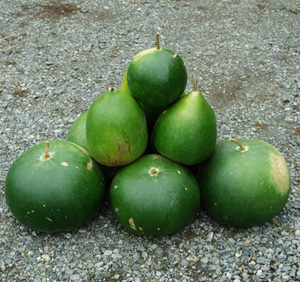
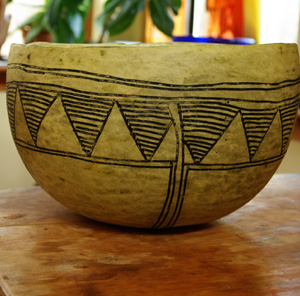
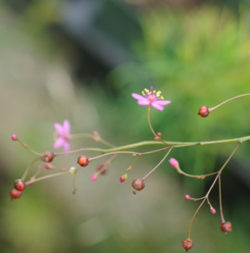
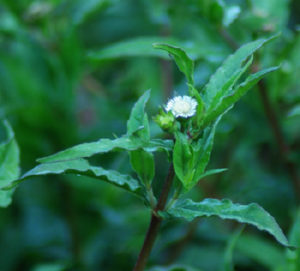
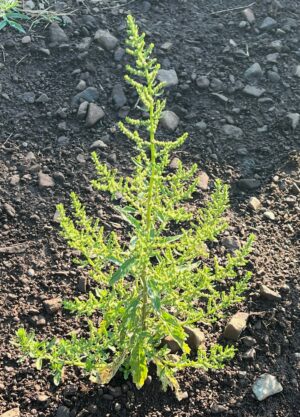
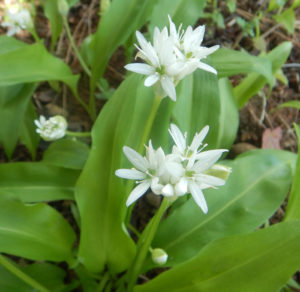
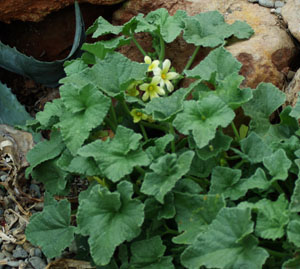
What others are saying
There are no contributions yet.